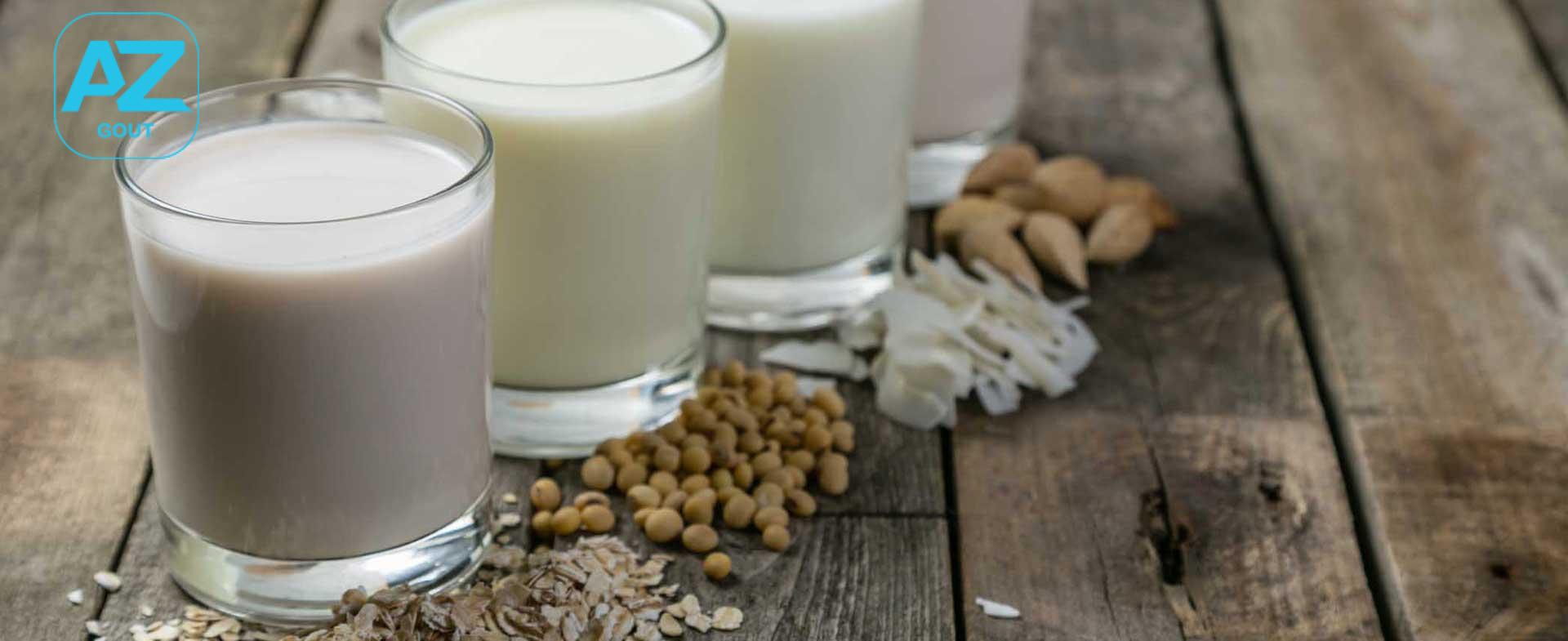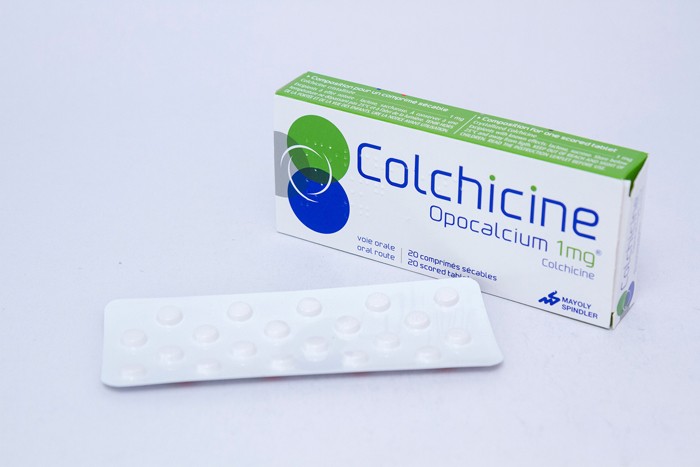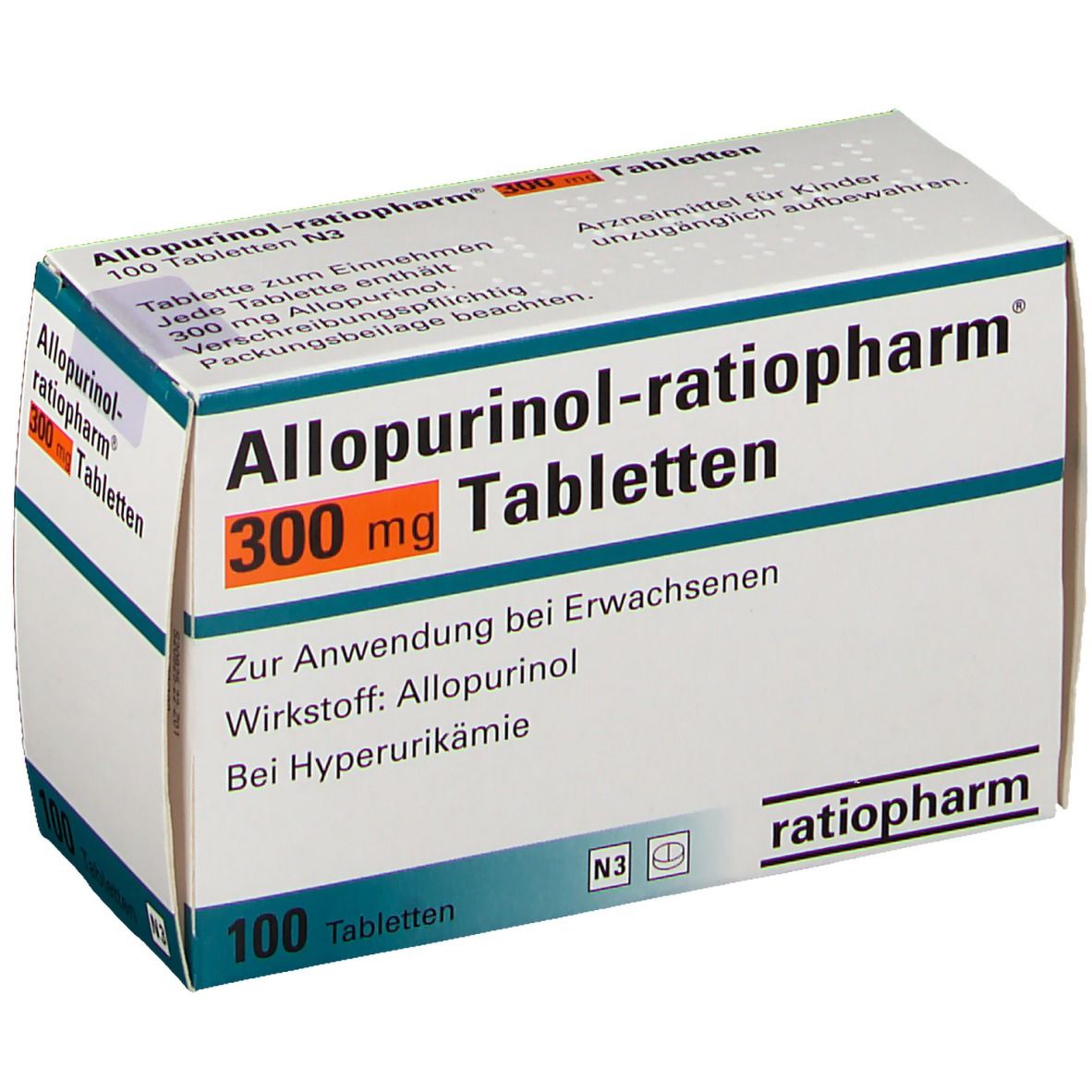
When it comes to choosing the right type of milk, the options can be overwhelming. Whether you’re looking for the best milk for your diet, a specific nutritional profile, or a lactose-free option, understanding the various types of milk and milk alternatives is essential. This guide will help you navigate the choices available, so you can find the perfect option for your needs.
1. Understanding Traditional Dairy Milk
1.1. Whole Milk
Whole milk is rich in nutrients, offering a balance of fat, protein, and carbohydrates. It’s often preferred for its creamy texture and is an excellent source of calcium and vitamin D.
1.2. Skim Milk
Skim milk, also known as fat-free milk, has most of the fat removed. It provides the same nutrients as whole milk but with fewer calories and less fat, making it a popular choice for those watching their fat intake.
1.3. Reduced-Fat and Low-Fat Milk
These options strike a balance between whole milk and skim milk, offering lower fat content while still retaining some creaminess and a good amount of nutrients.
Learn more about the nutritional benefits of dairy milk on Wikipedia.
2. Exploring Plant-Based Milk Alternatives
2.1. Almond Milk
Almond milk is a popular dairy-free alternative, especially for those with lactose intolerance. It’s low in calories and has a light, nutty flavor. However, it’s also low in protein compared to cow’s milk.
2.2. Soy Milk
Soy milk is one of the closest plant-based alternatives to cow’s milk in terms of protein content. It’s also rich in essential amino acids, making it a good choice for those following a plant-based diet.
2.3. Oat Milk
Oat milk has gained popularity for its creamy texture and slightly sweet taste. It’s higher in carbohydrates but often enriched with vitamins like B12 and D.
2.4. Coconut Milk
Coconut milk is a dairy-free option that offers a tropical flavor. It’s higher in saturated fats but can be a delicious addition to recipes that call for a rich and creamy texture.
For more information on plant-based milks, check out the Wikipedia article on Plant Milk.
3. Factors to Consider When Choosing Milk
3.1. Nutritional Needs
Consider your nutritional goals, such as protein intake, calcium levels, and fat content. Traditional dairy milk offers a robust profile, while plant-based milks vary significantly.
3.2. Dietary Restrictions and Preferences
If you’re lactose intolerant, allergic to dairy, or following a vegan diet, plant-based milks like almond, soy, and oat milk are excellent choices.
3.3. Environmental Impact
The environmental impact of milk production varies. Dairy milk has a higher carbon footprint compared to most plant-based alternatives. For eco-conscious consumers, almond and oat milk are popular choices.
4. Conclusion: Finding the Best Milk for You
Choosing the right milk depends on your dietary needs, taste preferences, and environmental concerns. Whether you opt for traditional dairy milk or explore the world of plant-based alternatives, understanding the benefits and drawbacks of each type can help you make an informed decision.








